Carbon Capture , Storage, Utilizations.
By Omotosho Oluwadamilola Marvellous
ABSTRACT
This subject matter under Energy law opens up to the energy Department to embark on series of research, and development to evaluate the Environmental fitness and safety( Right to live in healthy and safe environment ) , predictability of future capacity within ; also proposed geologic storage sites. Carbon dioxide of high purity is primarily utilized in the electronic sector, medical research and clinical diagnostics, as a calibration gas for carbon dioxide lasers, testing devices ,and other specific mixed gases and a regular in polythene polymerization. The aim of this article is to enlighten us on those theories that simulate the flow of stored carbon dioxide, to help to decipher and predict chemical changes and effect of increased pressure that may occur.
KEYWORDS – Calibration gas , Solvent,climate change, Environmental Legislations
INTRODUCTION
Carbon capture , Utilization and storage ( CCUS) apprehend methods and technologies to remove CO2 from the flue gas and from the atmosphere , followed by recycling the CO2 for Utilization and determining safe and permanent storage options. However, before we delve more into the pros and cons , we have to carefully excogitate the above Energy terminologies ( Carbon capture ,Carbon Utilization and Carbon Storage).
Carbon capture involves the development of sorbents that can effectively bind to the CO2 present in flue gas or the atmosphere, which is expensive. It is the sole large scale option for decreasing emissions bat a low cost while preserving the value of fossils fuel sources and existing infrastructures in both electricity and industrial sectors.
Carbon Storage would prevent widespread carbon dioxide emissions from continuing to cause or exacerbate climate change. The process increases the amount of energy required by power plants and most experts accepted the fact that carbon Storage should only be used as a transitional solution.
Carbon Utilization is used to describe the many diverse ways that captured carbon dioxides. Principally, Carbon dioxide , or Carbon monoxide can be recylced to produce economically valuable products or services.
Furthermore, having decipher the 3 concepts ; Carbon capture, utilization and storage (CCUS), also referred to as carbon capture, utilization and sequestration, is a process that captures carbon dioxide emissions from sources like coal-fired power plants and either reuses or stores it, so it will not enter the atmosphere. Carbon dioxide storage in geologic formations includes oil and gas reservoirs, unmineable coal seams and deep saline reservoirs — structures that have stored crude oil, natural gas, brine and carbon dioxide over millions of years. Carbon Capture, Utilization, and storage (CCUS) is said to have the ability to unlock the full potential of decarburization and attain carbon neutrality. It involves capturing, transporting, and storing greenhouse gas emissions from fossil fuel power stations, energy intensive industries, and gas fields by injecting the greenhouse gases emitted back into the soil or the ground. There are various use cases in CCUS technologies, but the main focus is on fossil fuel energy infrastructure and reducing the emissions at heavy emitting facilities. Deploying CCUS technologies at an emission heavy facility entails three major steps: capture, transportation, and storage.
Ideally, converting CO2 into useful chemicals of commercial importance, or utilizing CO2 for oil extraction or remediation of alkaline industrial wastes, would add economic value to this greenhouse gas. However, the demand for CO2 is limited compared to the vast amount of CO2 that needs to be removed from the atmosphere, to reduce the detrimental environmental impacts of climate change. Therefore, various options for CO2 storage have been proposed. These options include injecting CO2 in geologic formations and oceans, and growing trees to enable biological fixation of CO2 via photosynthesis. Carbon utilization and storage schemes can be classified by their capacity and permanence of storage, environmental consequences, and cost of implementation. Any viable system for storing carbon must be (1) effective and cost competitive, (2) stable as long-term storage, and (3) environmentally benign. Because the application of CO2 storage technologies or other carbon management strategies may raise the cost of energy, it is unlikely that they will be introduced without regulatory pressure, Therefore, sustainable integrated systems that involve the co-generation of energy while capturing CO2, such as chemical looping and sorption enhanced water gas shift, require further investigation. In addition to addressing the technical aspects of CCUS, it is also critical to address the societal and economic costs of climate change. The trade-off between ignoring the risk of climate change and paying for a carbon neutral energy infrastructure is more easily managed, if the cost of the carbon management can be held low. Another challenge for the implementation of CCUS is determining and communicating the social cost of carbon across various communities that include scientists, engineers, policy makers and the general public. Therefore, various scientific, economic and societal aspects need to be addressed to ensure successful development and implementation of CCUS technologies.
For carbon capture (Wilcox, 2012), it is important to distinguish between stationary sources (power plants, factories, etc.) and mobile sources (cars, airplanes, etc.) of CO2. At present, there are no practical solutions for on-board capture CO2 directly from mobile sources; therefore, we focus in the remainder on capturing CO2 from stationary sources.
In the context of flue gases, CO2 is seen as a waste product. However, there are many applications, where CO2 is utilized or considered as a valuable commodity.Given the enormous amounts of CO2 we are emitting, it is difficult to imagine any form of carbon storage other than injecting into geological formations. Appropriate geological formations such as deep saline aquifers, depleted oil and gas fields, unmineable coal seams, and silicate formations (e.g., basalt) can accommodate up to 11,000 Gt CO2 (Dooley et al., 2006), which is much greater compared to the annual CO2 emissions, which are to the order of 30 Gt of CO2/year. In addition, from our experience with EOR we know how to transport and inject CO2 in geological formations. The challenge is, however, the scale. At present, only about 50 Mt CO2 has been stored today and 13 Mt CO2/year is expected by 2016 given plans in place for additional projects (Levina et al., 2013).However, the scientific challenge is to ensure that the CO2 remains safely in these storage sites for thousands of years. Development of technologies for monitoring, verification, and assessment (MVA) to entire that the CO2 remains trapped underground is essential. While the process of injecting CO2 is well understood, the cost of monitoring the fate of injected CO2 over many years may be too prohibitive unless, the cost of deploying MVA technologies is substantially reduced. In addition, key questions related to long-term safety such as induced seismicity and the potential for forming fractures need to be addressed, which constitute an important aspect of risk assessments of geologic storage.
IMPORTANCES AND DEMERITs
The importance of CCUS cannot be overemphasize especially to the eco system, few are ;
- CCUS can reduce emissions at the source
The ability of CCUS to directly capture CO2 from the source and then store it in geological formations is estimated to reduce as much as 20% of total CO2 emissions from industrial and energy production facilities.
- Other pollutants can be removed at the same time
During the oxy-fuel combustion, the fuel is burned in an oxygen concentrated environment, which can lead to a significant reduction of nitrogen oxide (NOx) and sulfur dioxide gases. A study conducted by the Argonne National Laboratory showed a 50% decrease in NOx gases in oxy-fuel combustion.
DEMERITS
- The high cost of implementation
There are currently no regulatory drivers in most places to incentivize or require the use of CCUS. The use of this technology requires significant investment into its requirement of high cost of equipment and materials to store CO2, and to build an infrastructure to transport and then store it, could pose significantly high costs.
- Storage capacity for CO2 is uncertain
The availability of geological storage is not considered a barrier in the short to medium term. However, there are uncertainties with regards to the long-term ability of storage sites to sequester carbon without significant leakage. There is some potential for seismic activity caused by underground injection of CO2. Furthermore, it is also estimated that not all countries will have enough CO2 storage capacity to properly implement CCUS.
Transportation considerations
While the risk of accidents during transportation is relatively low, the potential for leaks still exists. Transportation of CO2 to the storage sites is also very costly, since significant energy is required to compress the CO2 and maintain high pressure throughout the pipelines, which are expensive themselves. Potential leakage in high concentration can also cause problems for human health. Each CO2 source must be connected to an appropriate storage site via pipeline, which can make CCUS implementation more difficult and expensive on areas that have no geological formations suitable for storage.
.LEGAL FRAMEWORK
The directive on the geological storage of CO2 (so-called “CCS Directive”) establishes a legal framework for the environmentally safe geological storage of CO2 to contribute to the fight against climate change. It covers all CO2 storage in geological formations in the EU and the entire lifetime of storage sites. It also contains provisions on the capture and transport components of CCS, though these activities are covered mainly by existing EU environmental legislation, such as the Environmental Impact Assessment (EIA) Directive or the Industrial Emissions Directive, in conjunction with amendments introduced by the CCS Directive.
Preventing risks to health or the environment
The CCS Directive Search for available translations of the preceding lays down extensive requirements for the selecting sites for CO2 storage. A site can only be selected if a prior analysis shows that, under the proposed conditions of use, there is no significant risk of leakage or damage to human health or the environment.No geological storage of CO2 will be possible without a storage permit.Security of the transport network and storage sites.The substances captured to be stored must consist overwhelmingly of CO2 to prevent any adverse effects on the security of the transport network or the storage site. The operation of the site must be closely monitored and corrective measures taken in the case that leakage does occur.The Directive also covers closure and post-closure obligations, and sets out criteria for the transfer of responsibility from the operator to the Member State. FinallyFinally, the operator must establish a financial security before the injection of CO2 starts to ensure that the requirements of the CCS Directive and the Emissions Trading Directive can be met.
Relying on existing legal frameworks and removing barriers
Operators are included in the Emissions Trading System, which ensures that in case of leakage they have to surrender emission allowances for any resulting emissions. Liability for local damage to the environment is dealt with by using the Directive on Environmental Liability. Liability for damage to health and property is left for regulation at Member State level.Furthermore, barriers to CCS in existing waste and water legislation are removed, and the Large Combustion Plants Directive is amended to require an assessment of capture-readiness for large plants.The revised ETS DirectiveSearch for available translations of the preceding includes CCS explicitly in Annex I. Emissions captured, transported and stored according to this Directive will be considered as not emitted.
CONCLUSION
Despite the advantages poses to us , CCUS lacks public support .It has also a critical perception of the widespread implementation of CCUS. According to a study done by Align CCUS E.U, public awareness of CCUS in the world is considered as lacking. The public is uncertain about CCUS, what it entails, and has a negative perception towards it. People tend to reject large infrastructure like CCUS being built near them because of the perceived risks outlined above which could be caused due to any form of negligence by the carbon workers. It is my belief that adequate precautionary measure should be taken;strict adherence to regulations ;any gross misconduct can lead to serious penalty and also remedy open to VICTIM must be free , fair and reasonable.
REFERENCE
[1] Fossil energy and carbon management, ‘Carbon Utilization’ (Office of fossil energy and carbon management, 2019) <www. energy. gov/feem/carbon utilization. com> accessed 24 May 2022
[2] SA Rogers, ‘Carbon storage’ (What is carbon Storage , August 18,2019) <www.treehugger.com> accessed 24 May 2022
[3] www. bakerbotts. com CCUS
[4] Slaughter and may, ‘CCUS’ (Hydrogen CCUS and greenhouse gas removal, 2019) <www.slaughterandmay.com> accessed 24 May 2022
Feel free to reach the author, ask questions or make inquiries on this topic or any other legal issues via onyekachi.umah@gmail.com or +2348037665878.
****************************************************************************************
This work is published under the free legal awareness project of Sabi Law Foundation (www.SabiLaw.org) funded by the law firm of Bezaleel Chambers International (www.BezaleelChambers.com). The writer was not paid or charged any publishing fee. You too can support the legal awareness projects and programs of Sabi Law Foundation by donating to us. Donate here and get our unique appreciation certificate or memento.
DISCLAIMER:
This publication is not a piece of legal advice. The opinion expressed in this publication is that of the author(s) and not necessarily the opinion of our organisation, staff and partners.
PROJECTS:
🛒 Take short courses, get samples/precedents and learn your rights at www.SabiLaw.org
🎯 Publish your legal articles for FREE by sending to: eve@sabilaw.org
🎁 Receive our free Daily Law Tips & other publications via our website and social media accounts or join our free whatsapp group: Daily Law Tips Group 6
KEEP IN TOUCH:
Get updates on all the free legal awareness projects of Sabi Law (#SabiLaw) and its partners, via:
YouTube: SabiLaw
Twitter: @Sabi_Law
Facebook page: SabiLaw
Instagram: @SabiLaw.org_
WhatsApp Group: Free Daily Law Tips Group 6
Telegram Group: Free Daily Law Tips Group
Facebook group: SabiLaw
Email: lisa@sabilaw.org
Website: www.SabiLaw.org
ABOUT US & OUR PARTNERS:
This publication is the initiative of the Sabi Law Foundation (www.SabiLaw.org) funded by the law firm of Bezaleel Chambers International (www.BezaleelChambers.com). Sabi Law Foundation is a Not-For-Profit and Non-Governmental Legal Awareness Organization based in Nigeria. It is the first of its kind and has been promoting free legal awareness since 2010.
DONATION & SPONSORSHIP:
As a registered not-for-profit and non-governmental organisation, Sabi Law Foundation relies on donations and sponsorships to promote free legal awareness across Nigeria and the world. With a vast followership across the globe, your donations will assist us to increase legal awareness, improve access to justice, reduce common legal disputes and crimes in Nigeria. Make your donations to us here or contact us for sponsorship and partnership, via: lisa@SabiLaw.org or +234 903 913 1200.
**********************************************************************************


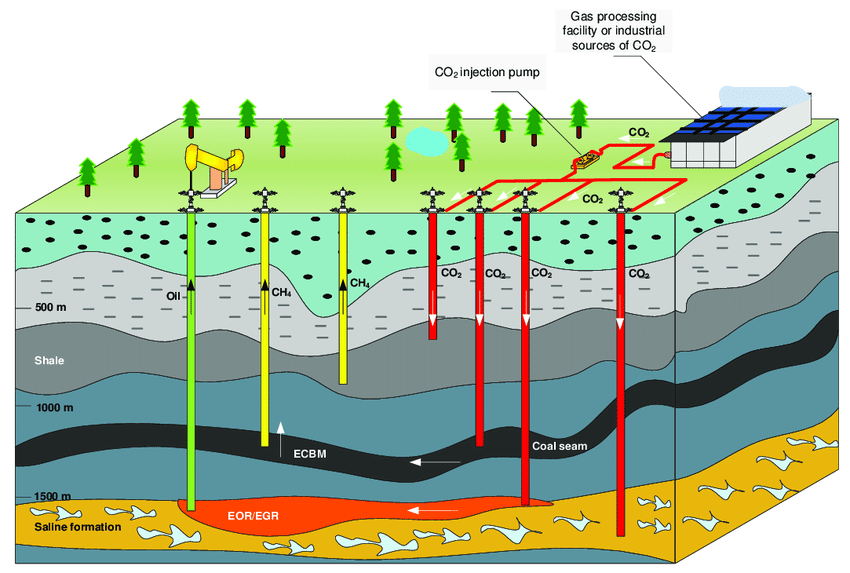














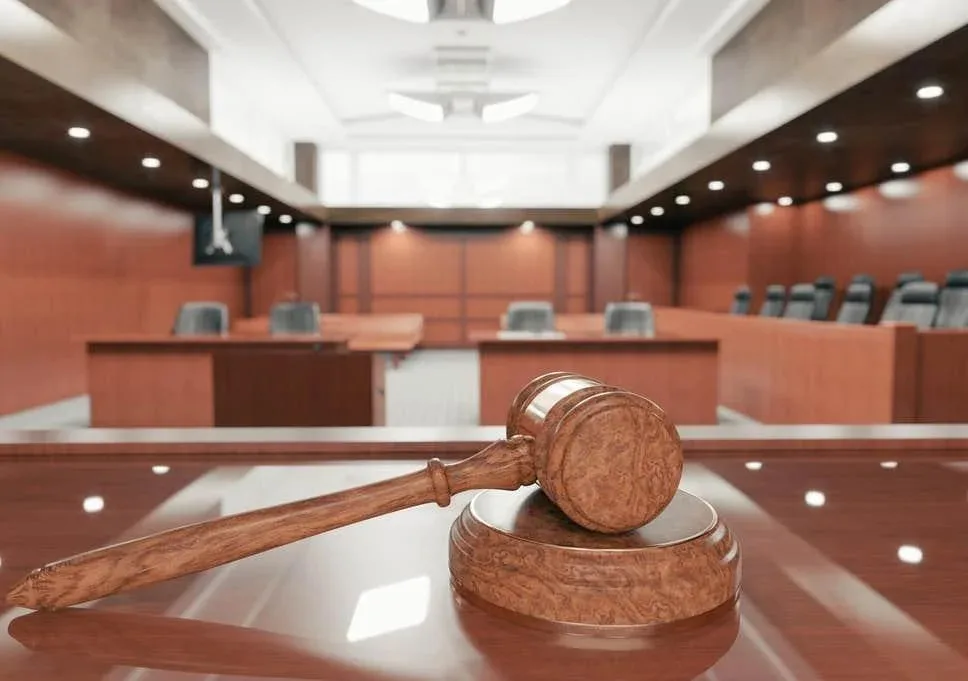














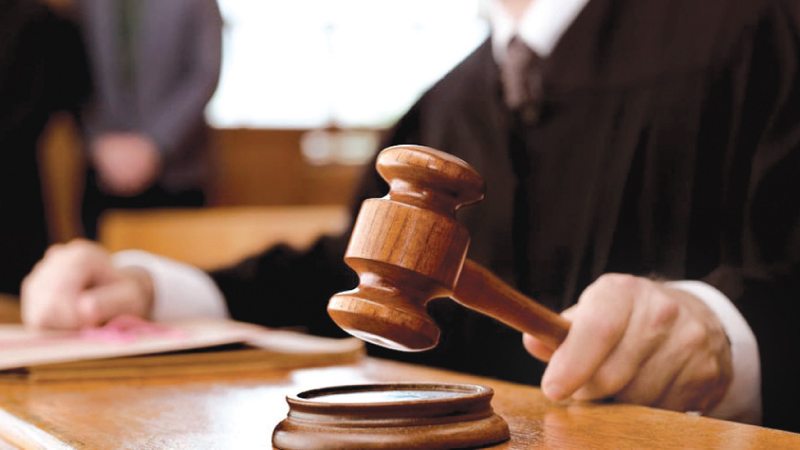







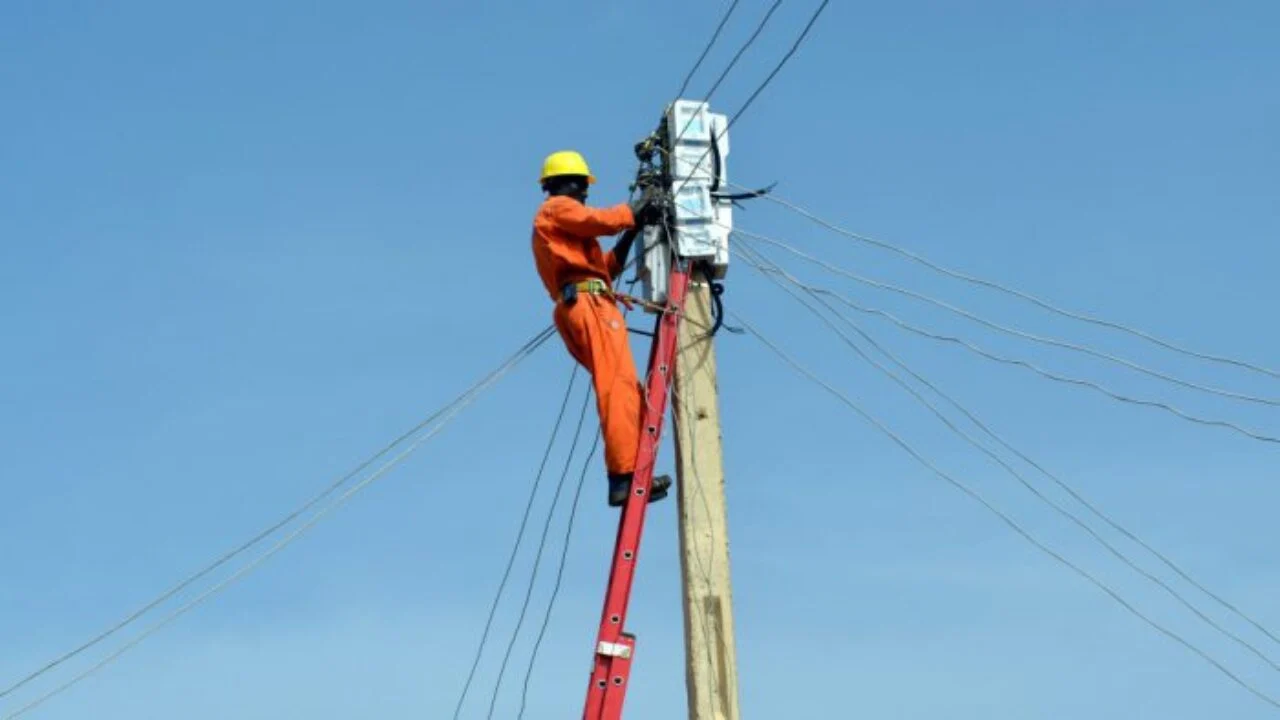


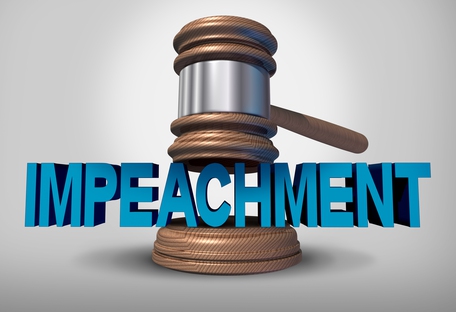


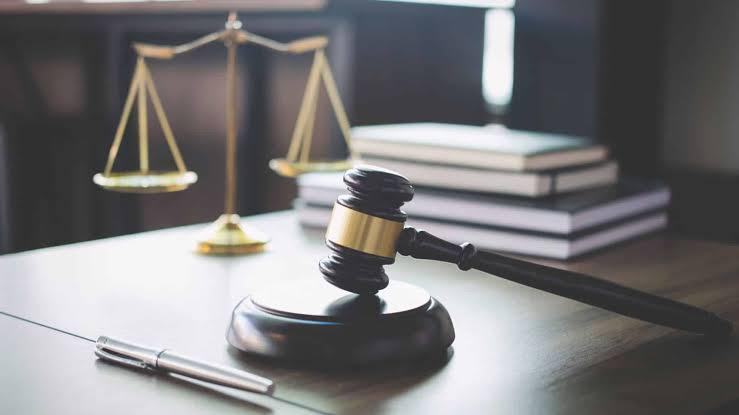

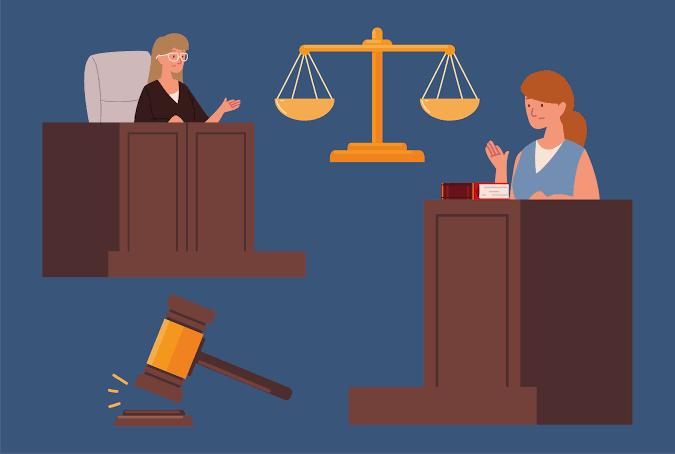
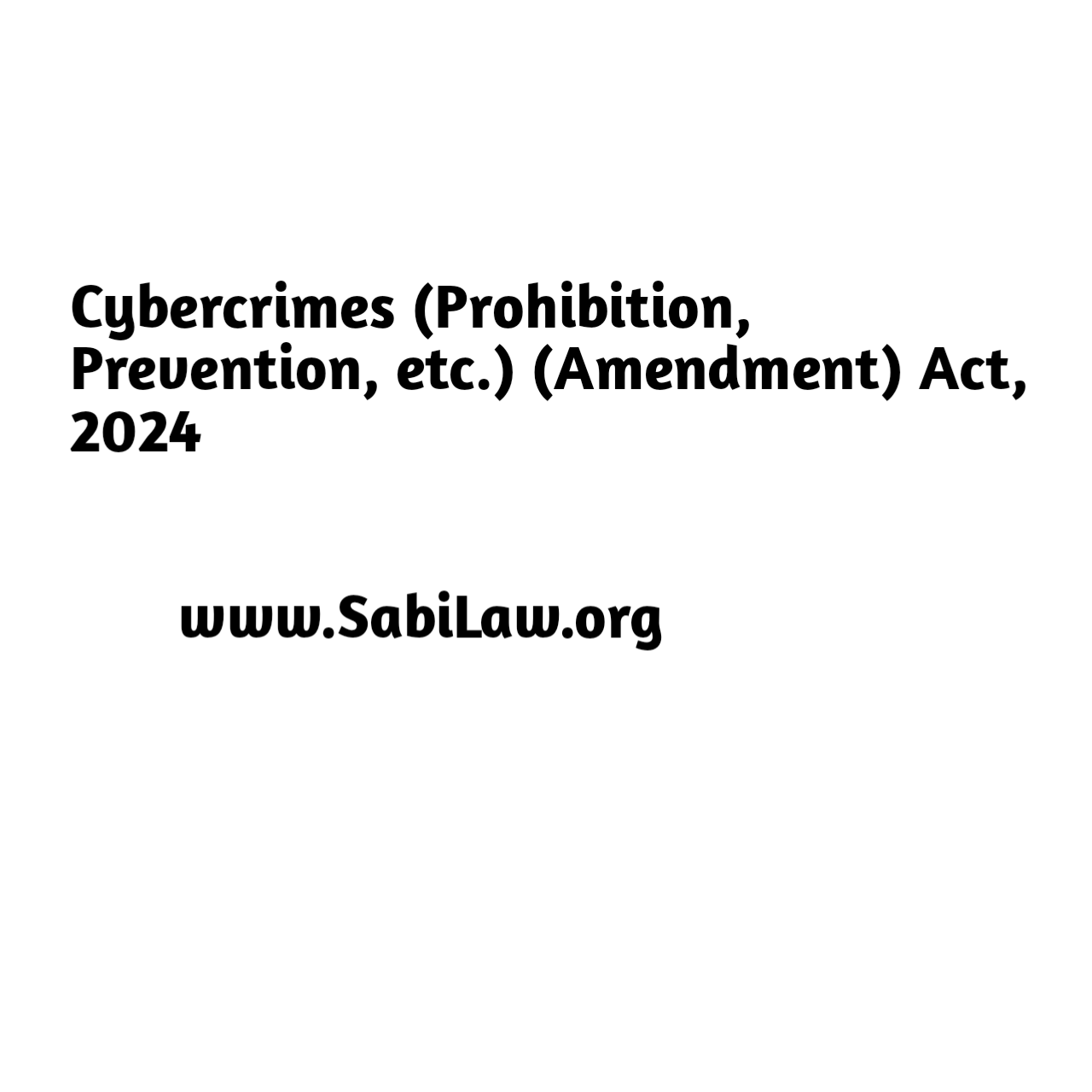
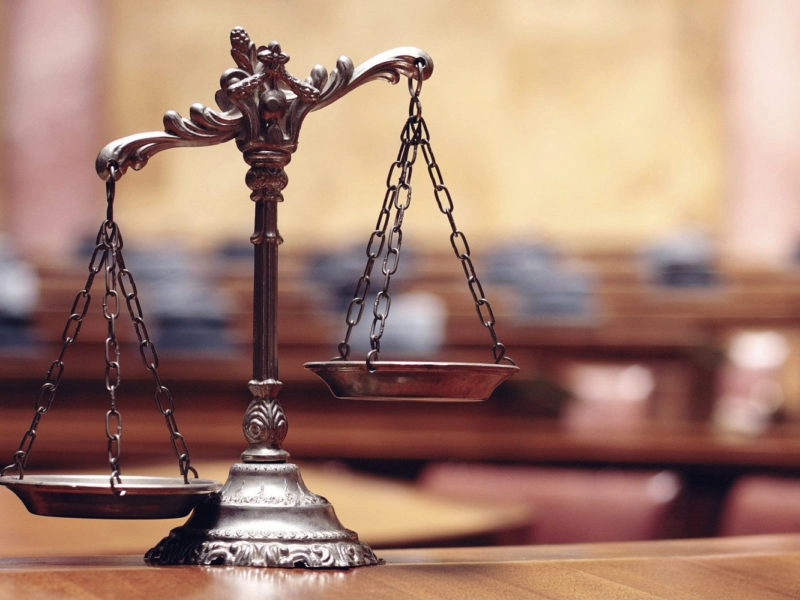


One Response
Lovely just what I was looking for.Thanks to the author for taking his clock time on this one.